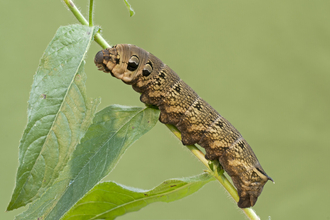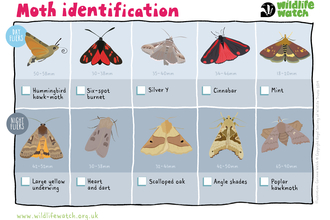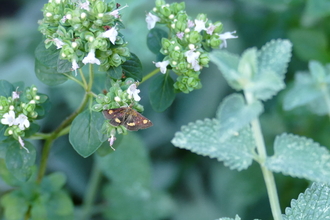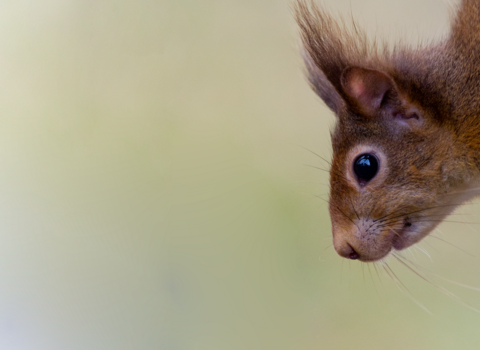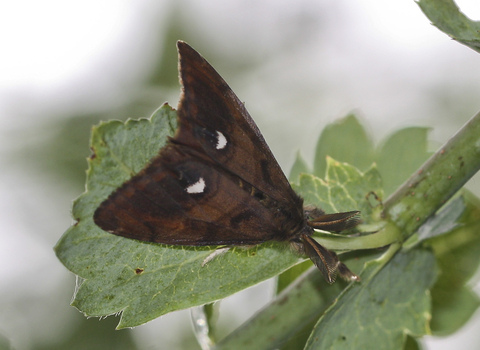
Male vapourer moth © Frank Porch
Vapourer moth caterpillar ©Tom Hibbert
Vapourer
The mohawk-sporting caterpillar of this moth is often seen on shrubs and trees in late summer. As adults the orange-brown males fly by day, but the flightless females don't stray far from their cocoon.
Scientific name
Orgyia antiquaWhen to see
Adults: July - October in the south, emerging later further northCaterpillars: May - September
Species information
Category
Statistics
Male wingspan: 12-17 mmConservation status
Common
About
Vapourers have a strange lifestyle. The male moths fly like normal, but females only have rudimentary wings and aren't capable of flying. Once a female has emerged from her cocoon, she gives off pheromones that males can track using their comb-like antennae. After mating, the female lays a batch of eggs on the cocoon from which she just emerged and dies shortly after. The eggs hatch the following spring.The distinctive caterpillars feed on a wide range of broadleaved trees and shrubs, including blackthorn, oak, hazel, hawthorn and elm. They can be found in a variety of habitats, including woodland, parks, gardens, hedgerows and heathland.
The orange-brown males can be seen flying during the day in late summer and early autumn, often flying high and sometimes giving the impression of a small butterfly. They also fly at night and can be attracted to light.
How to identify
Adult males have broad orange-brown wings, with a few faint lines crossing them and an obvious white spot near the trailing corner of each forewing. They have large, comb-like antennae. Females are almost wingless, plump, buff-coloured and with smaller, non-combed antennae.The hairy caterpillars are grey, black and red, with tufts of yellow hairs running along the back like a mohawk, and two black tufts at the front that almost give them the impression of a hairy scorpion.

